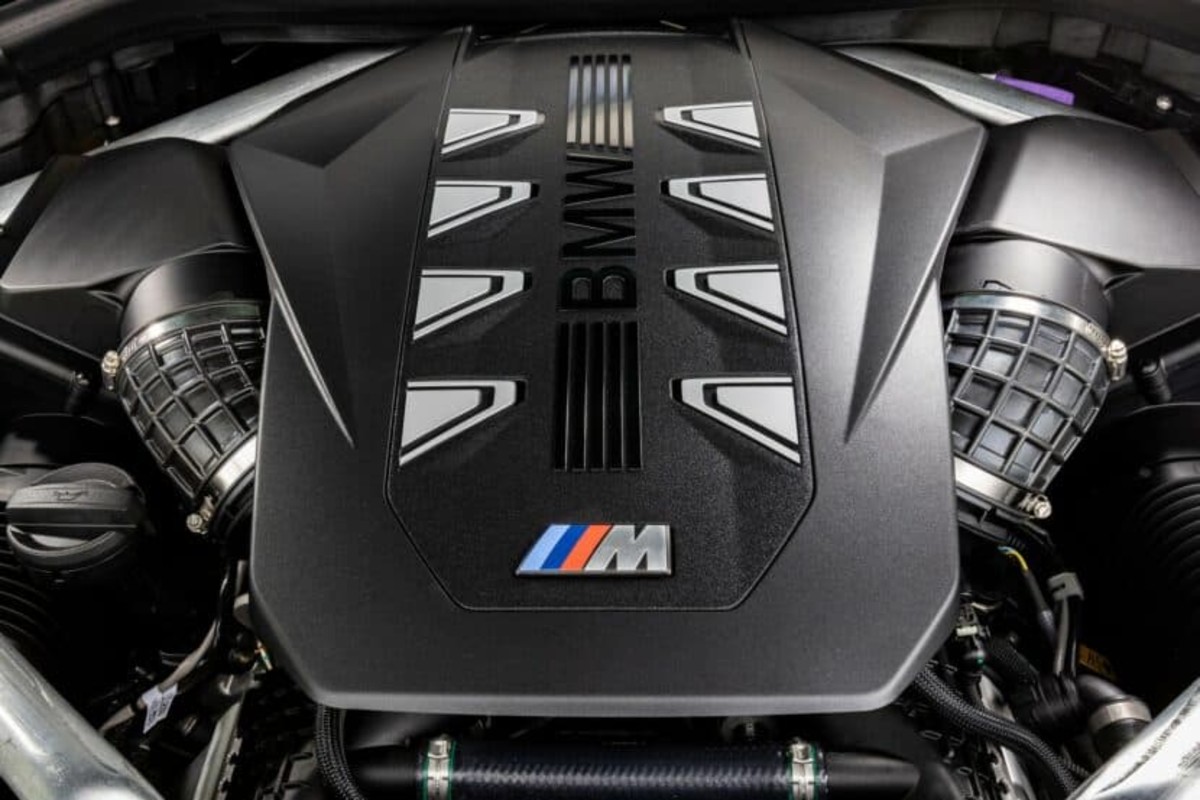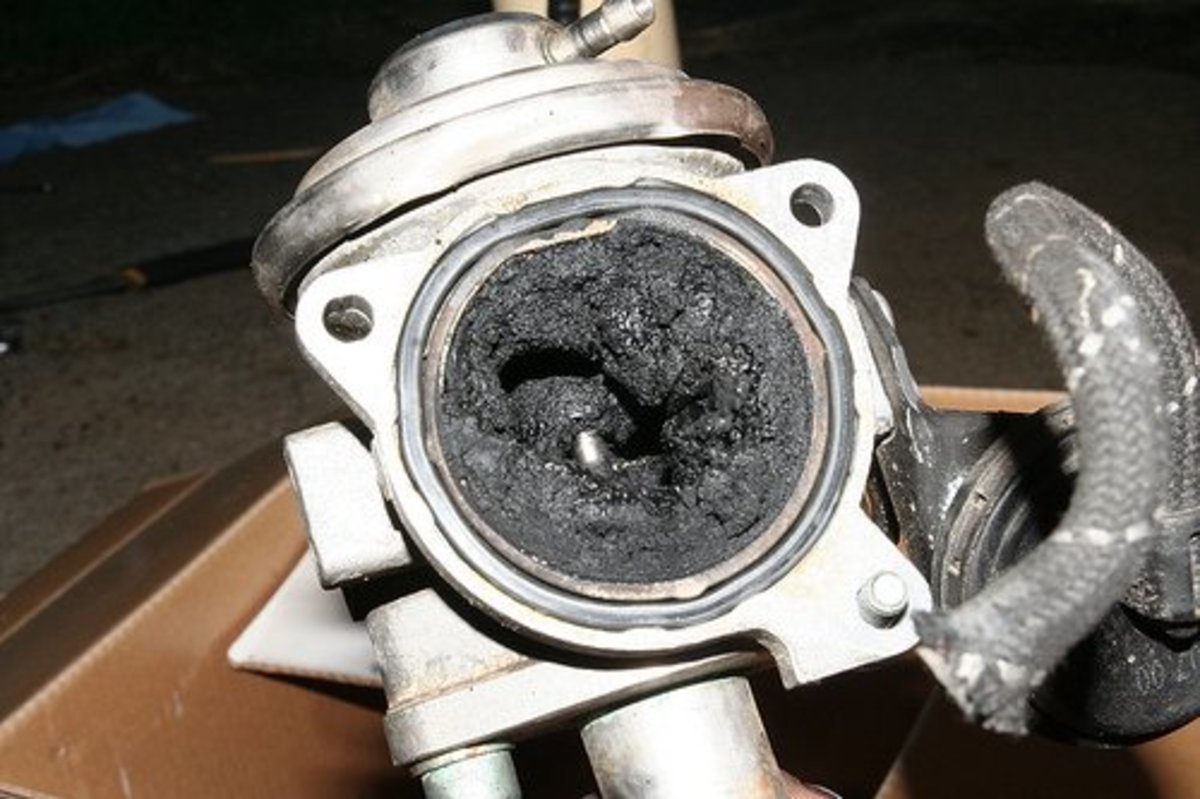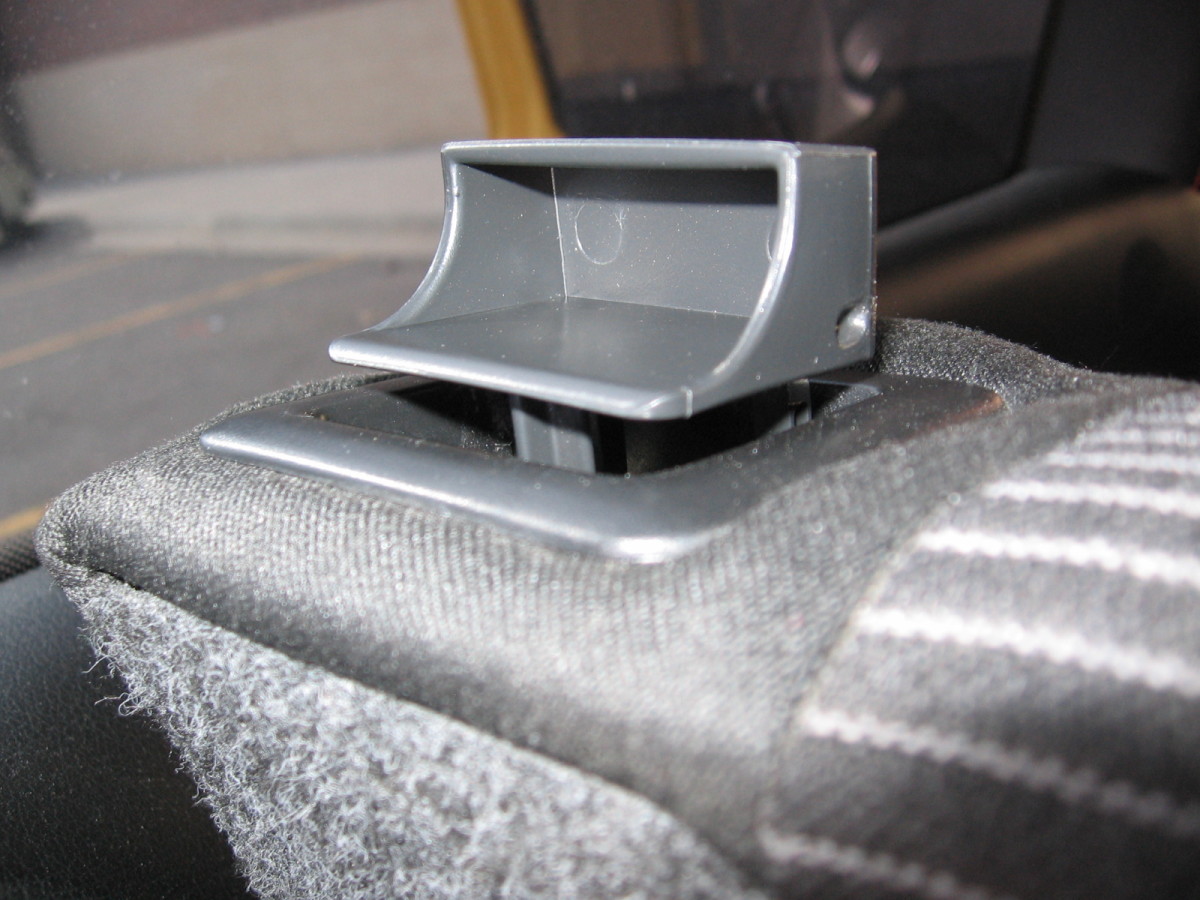How to Use a Torque Wrench to Save Time, Money, and Your Car
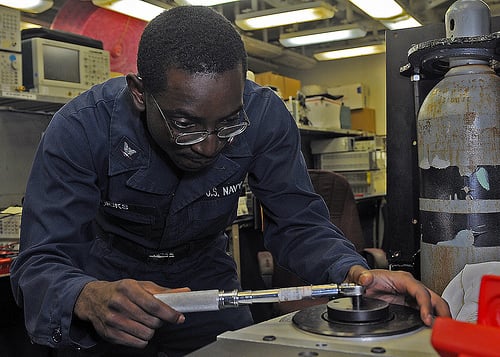
A torque wrench allows you to properly secure parts together, following manufacturer bolt torque specifications.
If you underestimate the force you're applying to a bolt, you may break a component; if you are too careful, a loose bolt may soon cause damage as well. In short, failing to follow torque specifications can set you for expensive repairs later on.
Instead, you can use your car manufacturer’s torque specifications to avoid unnecessary problems when making maintenance projects like replacing the brake pads, a broken component, even a head gasket.
You can save a lot of money by investing in a quality torque wrench and learning how to operate the tool.
Here, we'll take a look at the torque wrench best suited for the home mechanic, how to use your tool, and when to use it.
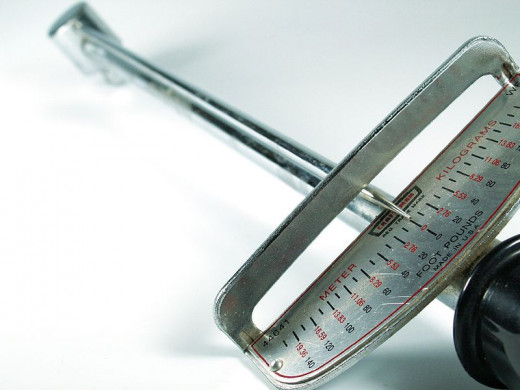
Which Torque Wrench Should You Use?
So let's start with the torque wrench's function and the most common types available.
The Job of the Torque Wrench
This special tool performs one basic function: It helps you apply a specific amount of twisting force to any bolt or nut when installing a part during your maintenance or repair work.
Vehicle manufacturers specify torque values for almost every mounting bolt of every part or component you need to reinstall or replace on your car. You'll find these torque values and plenty of do-it-yourself information on the vehicle service manual for your particular vehicle make and model. Buy an inexpensive aftermarket car repair manual from your local auto parts store or the Internet.
Torque Wrench Types
Broadly speaking, torque wrenches come in three common configurations: Flex-bar or beam, dial-indicator, and ratcheting (clicker style) torque wrench type.
* The flex-bar type is a simple bar with a driver, a pointer, and a gage on one end that tells you the amount of force you are applying to a bolt or nut.
* The dial-indicator type comes with a dial around the middle of the wrench and has the same function as the gage on the flex-bar type. It has driver and a ratchet mechanism on one end of the bar, just like a regular ratchet tool.
* The third type is the ratcheting torque wrench. This one looks much like a large ratchet, except that you adjust the torque force to a specific inch- or foot-pounds (or metric) pressure rotating a sleeve and a locking mechanism on the tool's handle.
I find the ratcheting torque wrench the most practical of the three. With a flex-bar or dial-indicator type, you need to pay attention to the gage and stop as soon as you've reached the desired torque. But, if you're working in a small space — which happens frequently during car repairs — and you can only see the gage from an angle or not at all, you won't torque the bolt properly.
The ratcheting — or 'click'— torque wrench has a mechanism that automatically releases twisting pressure with an audible click as soon as you've reached the preset torque. No need to keep an eye on a gage while working on a bolt. So this is the one you'll learn how to use here.
The ratcheting torque wrench also comes in digital configuration form, where you basically enter the desired inch-, pound- or metric-torque measurement into an LCD screen. A beeping sound then alerts you when you've reached the preset torque. And some have added features.
So Which Torque Wrench Should I Buy?
Unless you are willing to spend over $200.00 dollars for a professional-grade digital torque wrench, I'd suggest you stick to the mechanical type. Buy a brand name clickable type with a range between 10 and 100 or 150 foot-pounds, and a 3/8- or 1/2-inch drive.
A quality wrench of this type will have an accuracy tolerance of ±2% or ±3%, and a tag price of between $80 and $150 dollars. And some manufacturers will even recalibrate your tool for free, as needed. However, for the rate of work you'll do as a home mechanic, and provided you take good care of your tool — don't use it as a hammer or drop it — your quality torque wrench will remain accurate for years to come.
Also, look closely at the warranty. If at all possible, buy a lifetime warranty tool.
Another thing you need to be aware of is that a torque wrench with an accuracy within the foot-pound range tends to loose precision at the lower, inch-pound side of the scale. But it'll be close enough for light, general type work. If you need inch-torque accuracy while doing some block or cylinder head work, it's better to invest in a quality torque wrench aimed for inch-pound work.
Types of torque wrenches:
|
|---|
* Flex-bar or beam type
|
* Dial-indicator type
|
* Ratcheting or 'click' type
|
Torque Wrenches
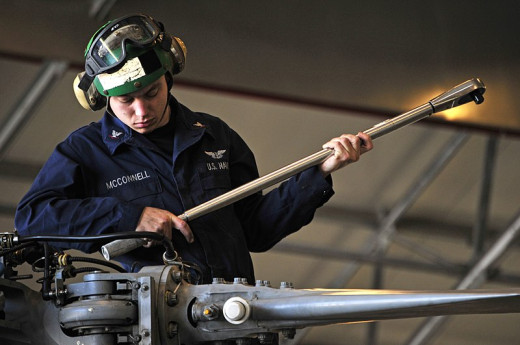
How to Use a Torque Wrench
Let’s say you're installing a set of new brake pads on your 2010 Ford Mustang. You know the service manual for your specific model calls for 45 ft-lbs of torque on the caliper mounting bolts.
So you grab your torque wrench and look straight down at the gage located above the handle. Then, you loosen the bolt at the end of the handle, rotate the handle to align the upper handle-notch to the 45 mark on the ft-lbs scale and tighten the locking-bolt in place.
Next, you install the caliper mounting bolts snugly using a regular wrench. Now, holding the lower end of the torque wrench with one hand and supporting the torque wrench’s head against the palm of your free hand, you steadily pull on the handle in a clockwise direction until you hear a click sound. The click sound is the torque wrench releasing the lock mechanism after you’ve reached the 45 ft-lbs of twisting pressure against the caliper-mounting bolt. Then, you tighten the other caliper bolt.
You've just tighten the bolts to specification, and — assuming you installed the pads and related hardware correctly — you don't have to worry about the caliper coming loose, strange brake noises, pads wearing out too fast, or having damaged the threads on the bolts or mounting frame.
Many DIYers skip the torque wrench for this and other similar maintenance or repair jobs, which speeds up wear or failure. However, much of the repair work — even simple repair jobs — requires the use of a torque wrench to properly secure parts together. Mounted components need a sealing tightness or the right clamping force — oil pans, valve covers, water pump, intake manifold, cylinder head, flywheel, alternator, starter motor, and many other accessories — to work properly under continuous vibration and high temperatures.
When to Use a Torque Wrench
Of course, you can install many parts using an educated guess and a common wrench, pair of pliers, or socket wrench. But you won't get away with this method of installation all the time. Here is a short list of repair and maintenance work where applying a precise torque is critical:
* Always use a torque wrench when servicing or replacing components that require a gasket like the water pump, thermostat, throttle body, valve cover, oil pans, intake and exhaust manifolds. Applying the torque specified on your service manual will prevent gasket distortion, which leads to fluid or vacuum leaks, component and bolt damage.
* When replacing the brake pads. A torque wrench helps you avoid brake problems often associated with unevenly tightened bolts like brake vibration and pulling brakes.
* Installing or adjusting a belt. Using a torque wrench prevents charging and steering system noises and speed up parts wear caused by a maladjusted belt.
* Replacing spark plugs. Spark plugs need to form a good seal so that heat is properly released through combustion chamber walls. A loose spark plug provides a way for heat to escape, and an over tightened plug will damage the mounting threads or cause the plug's ceramic insulation to crack, allowing heat to escape as well. In both cases, a wrong torque leads to engine overheating and performance problems.
* Plastic parts installation. I've seen components made out of hard plastic or carbon fiber crack during installation, like some thermostat housings. They easily brake when over tightened. A torque wrench will properly secure the part in place.
* Reassembling internal engine components, cylinder head components, and cylinder head installation. There's no other way to reassemble these components without using a quality torque wrench.
* Installing new components that modify or upgrade the suspension, engine or car body.
Vehicle Repair Manuals
So you just learned how to use a torque wrench. You just need to use your new knowledge using your first torque wrench.
Best of all, a good, quality torque wrench you can use to maintain and repair your own car is relatively inexpensive once you start adding the cost of sending your car to the shop for this type of work.
Test Your Knowledge of Torque Wrench Rules
view quiz statisticsThis article is accurate and true to the best of the author’s knowledge. Content is for informational or entertainment purposes only and does not substitute for personal counsel or professional advice in business, financial, legal, or technical matters.
© 2015 Dan Ferrell



